Between tiles, paint, coat, wallpaper and more, choosing the right cladding for a bathroom is based on different criteria that you should analyse beforehand.
Even though tiles are still the most used material for bathrooms, many innovations have been made to diversify the range of what is available on the market. Here is the information that you need to know about the different materials for bathroom cladding.
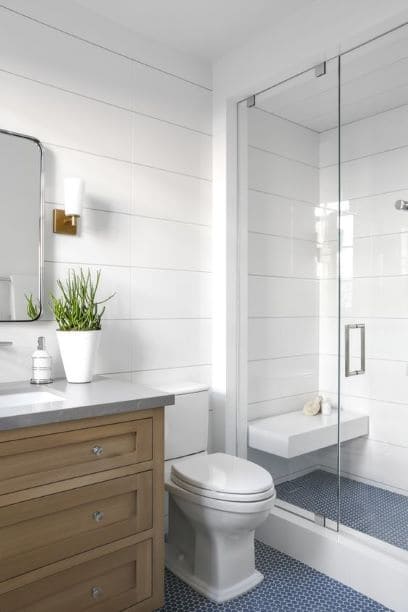
1. Tiles
To begin with, tiles are ideal for damp rooms and are still the most convenient material used for bathroom cladding these days. They are durable and waterproof and keep the bathroom hygienic even with occasional cleaning. Moreover, there is today a large choice of tiles from different sizes and colours exist. In this way, you can easily tile your bathroom yourself and let your design dreams come true.
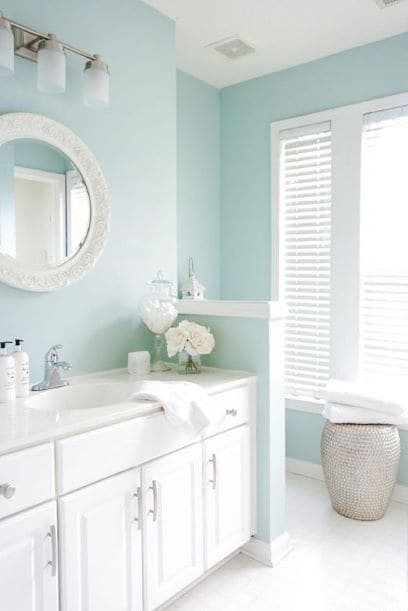
2. Paint
Another option is paint. You can use it on the walls parallel to the shower, the bathtub, or the washbasin. So if you go for this option, you will need to choose a high quality waterproof paint. Nevertheless, it is possible to get paint at an affordable price. One of the main advantages of paint is that it can quickly be applied to the wall and it brings a new vibe and energy to your bathroom in no time. Maintenance is also simple, as you only need to clean it from time to time. If you change your mind about the style, it is also very quick to paint the walls another colour.
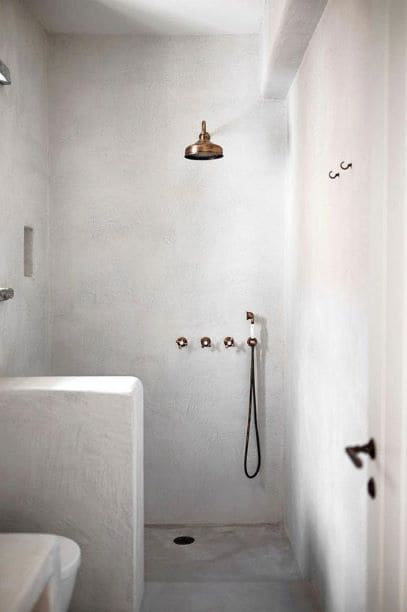
3. Tadelakt wall
The tadelakt wall is one of the most natural claddings that you could apply. It is made of water, lime and marble powder. The different shades that the material offers are pleasant to look at, and match different bathroom fixtures perfectly. It will bring a hammam aesthetic to your bathroom.
Even if some easy to apply coats similar to the tadelakt exist, the traditional one still requires technical knowledge. It is then highly recommended to hire a professional for this work.
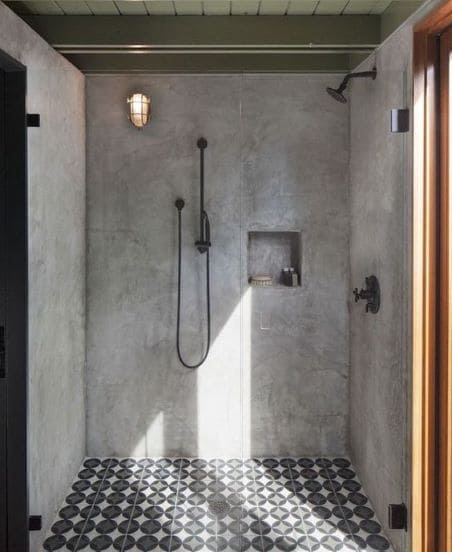
4. Waxed concrete
Waxed concrete gives your bathroom an appealing luxurious and modern feeling to your bathroom. However, beware that this material is only durable if it is perfectly applied. Otherwise, the cladding will neither be waterproof, nor stainless. Make sure to hire a professional for this type of work. Here we can see that it matches perfectly an italian shower.
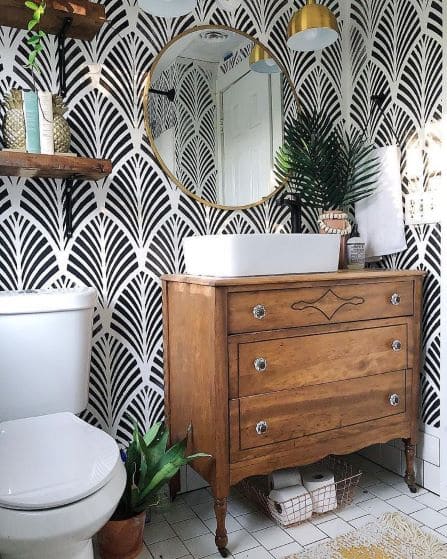
5. Wall-paper
The use of wall-paper in a damp room might surprise you, but today special products are available for this purpose. It is an easy and quick way to create an original vibe. The main disadvantage is it can be a bit difficult to apply. You would then either need to be patient and thorough or let a professional do the job. In the picture the wallpaper combined with the wooden furniture it creates a tropical vibe.
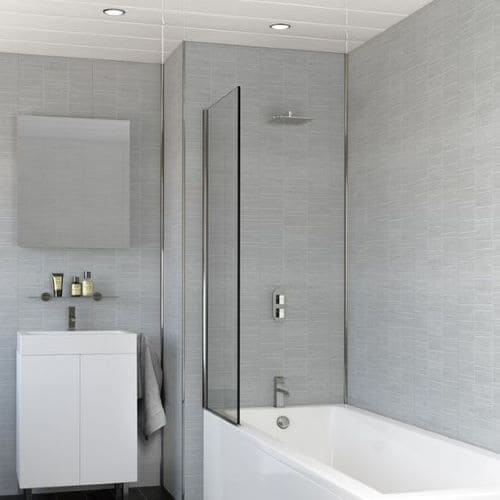
6. PVC cladding
PVC cladding is very practical and offers a large variety of different styles. Glossy, or wood-like, it is an inexpensive way to substitute more expensive materials as it can imitate most of them.
Now you know more about the advantages of the different materials that you can use for bathroom cladding. Also, do not hesitate to leave a comment if you have any inquiry on a specific product that was not clarified on this article.

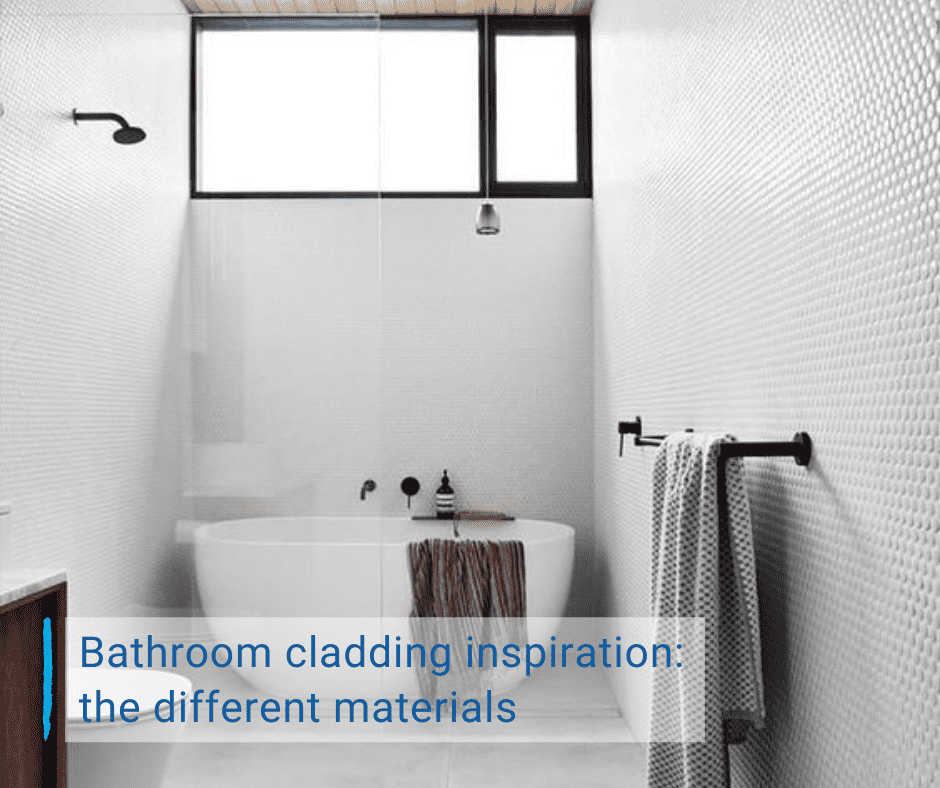
Hey very interesting blog!
I am glad you appreciate it 🙂